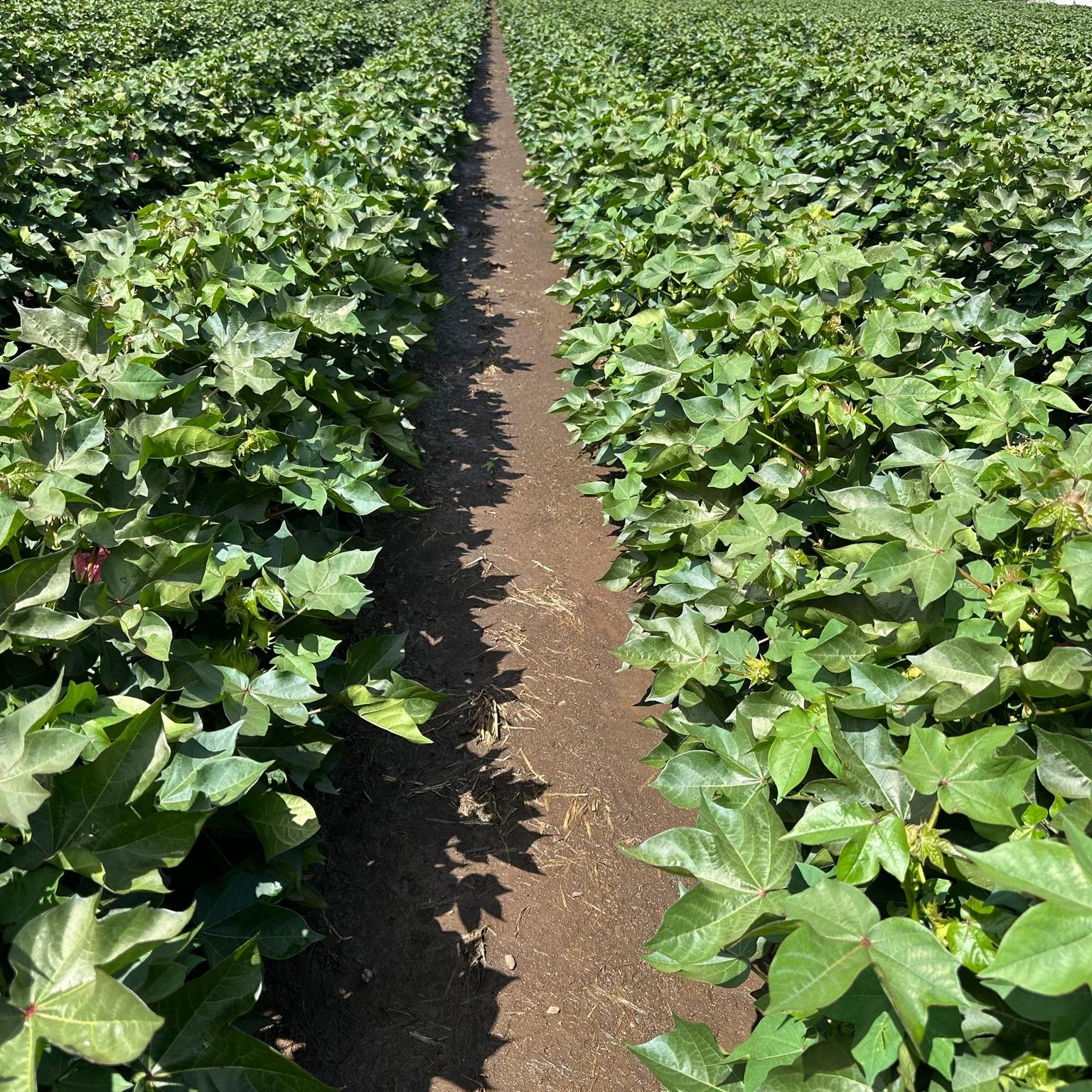Notifications

8 minutes, 50 seconds
-26 Views 0 Comments 0 Likes 0 Reviews

Agronomy—the science of soil management and crop production—plays a pivotal role in Australia’s agricultural sector, which contributes more than $60 billion to the nation's economy each year.
As Australia faces the twin challenges of a growing population and increasingly unpredictable climate patterns, the need for sustainable farming practices has never been more urgent.
With the population projected to reach 38 million by 2050, agricultural efficiency and sustainability will be essential to feed the nation and the world.
In Australia, around 60% of agricultural land is used for livestock production, while the remaining portion is dedicated to growing crops. However, agricultural methods that once worked well are increasingly being scrutinized due to environmental and climate pressures.
Research indicates that Australian farmers will need to adapt to changing climate conditions, including more frequent droughts and extreme weather events, to ensure long-term food security (CSIRO).
Agronomy practices, which focus on enhancing soil health, improving water management, and selecting crop varieties suited for local conditions, are essential for overcoming these challenges.
This article explores how sustainable agronomy practices are helping shape a resilient agricultural sector in Australia—ensuring food production remains efficient, sustainable, and environmentally friendly.
Agronomy Australia is shifting towards more sustainable practices, aiming to boost crop yields while safeguarding the country's vital natural resources.
Here are some of the key practices:
No-till farming, or zero tillage, is one of the most widely adopted sustainable practices in Australian agriculture. It involves growing crops without disturbing the soil through plowing. This practice helps to:
Reduce soil erosion: Without tilling, the soil structure remains intact, reducing wind and water erosion.
Improve water retention: No-till allows better absorption and storage of water, crucial in Australia's often dry conditions.
Enhance soil health: The organic matter in the soil remains undisturbed, encouraging microbial activity and improving soil fertility.
Data: In regions where no-till practices are widely implemented, farmers have reported up to 30% reductions in fuel use and improvements in water retention by 50% compared to traditional tillage methods (Landline).
Integrating trees into crop and livestock systems, known as agroforestry, has become a promising solution for increasing farm sustainability. Benefits of agroforestry include:
Carbon sequestration: Trees absorb CO2, helping offset greenhouse gas emissions.
Biodiversity: Diverse ecosystems are encouraged by planting trees, providing habitats for wildlife and pollinators.
Windbreaks: Trees can act as windbreaks, protecting crops from wind damage and reducing evaporation from the soil.
Data: The Australian government’s National Landcare Program estimates that more than 3 million hectares of farmland are involved in agroforestry initiatives across the nation.
Water management is a major concern in Australia's agricultural sector, given its recurrent droughts and arid climate. Precision irrigation systems are critical in ensuring that water is used efficiently. Sustainable practices include:
Drip irrigation: Targets water directly to the plant’s roots, reducing evaporation and runoff.
Soil moisture monitoring: Advanced sensors help farmers track moisture levels, ensuring irrigation is only applied when necessary.
Recycling and reuse: Water from non-potable sources is reused for irrigation purposes in some regions.
Data: By implementing advanced irrigation techniques, Australian farmers have achieved water savings of up to 30% in some cases, with some regions reporting a 20% increase in crop yields due to more efficient water use.
Crop rotation involves planting different crops in a specific order to maintain soil fertility and prevent pests and diseases from becoming established. It is a critical sustainable agronomy practice that:
Improves soil nutrient balance: Different crops take up different nutrients, helping maintain soil health.
Reduces pest cycles: Pests that target specific crops are disrupted when crops are rotated.
Increases resilience: Crop diversification helps farmers weather fluctuating market prices and adverse weather conditions.
Data: A study by the University of Sydney found that farms that practice crop rotation have 30-40% higher yields compared to monoculture systems, which rely on a single crop every year.
IPM involves using a combination of biological, cultural, and chemical methods to control pests in the most environmentally responsible way possible. Key techniques include:
Biological control: Introducing natural predators to control pest populations.
Chemical control: Using targeted, low-impact pesticides only when necessary.
Cultural practices: Crop rotation and soil health maintenance help reduce pest presence.
Data: The implementation of IPM strategies has led to up to 40% reductions in pesticide use while maintaining crop yields.
Despite the significant progress, several challenges remain:
Climate variability: Droughts, floods, and heatwaves impact crop productivity and water availability.
Soil degradation: Prolonged agricultural use without sustainable practices has led to soil erosion and fertility loss in some regions.
Economic pressures: Small-scale farmers often struggle to afford the technology and practices necessary for sustainable farming.
However, through continued investment in research and technology, these challenges are being met head-on by farmers, researchers, and policymakers committed to sustainability.
As Australia’s agricultural landscape continues to evolve, the future of agronomy lies in:
Precision farming technologies: Data-driven techniques that optimize every aspect of farming, from planting to harvest.
Sustainable livestock practices: Innovations in animal husbandry that reduce greenhouse gas emissions and improve animal welfare.
Collaborative efforts: Partnerships between farmers, researchers, and governments to ensure long-term sustainability.
Data: The Australian government’s Agricultural Innovation Agenda aims to boost the sector’s productivity by 30% by 2030 while reducing environmental impact, aligning economic growth with environmental stewardship.
Agronomy in Australia is at a turning point, where sustainability isn’t just a buzzword—it’s essential to the future of food production. As climate change, water scarcity, and soil health continue to pose challenges, sustainable farming practices are more crucial than ever.
By adopting practices like no-till farming, agroforestry, and water-efficient irrigation, Australia’s agricultural sector is demonstrating that it is possible to produce food in a way that supports both the environment and the economy.
As the nation moves toward a more sustainable agricultural future, agronomy will be at the heart of that transformation—ensuring that Australia’s farmers can continue to feed a growing population while preserving the natural resources that make their work possible.
